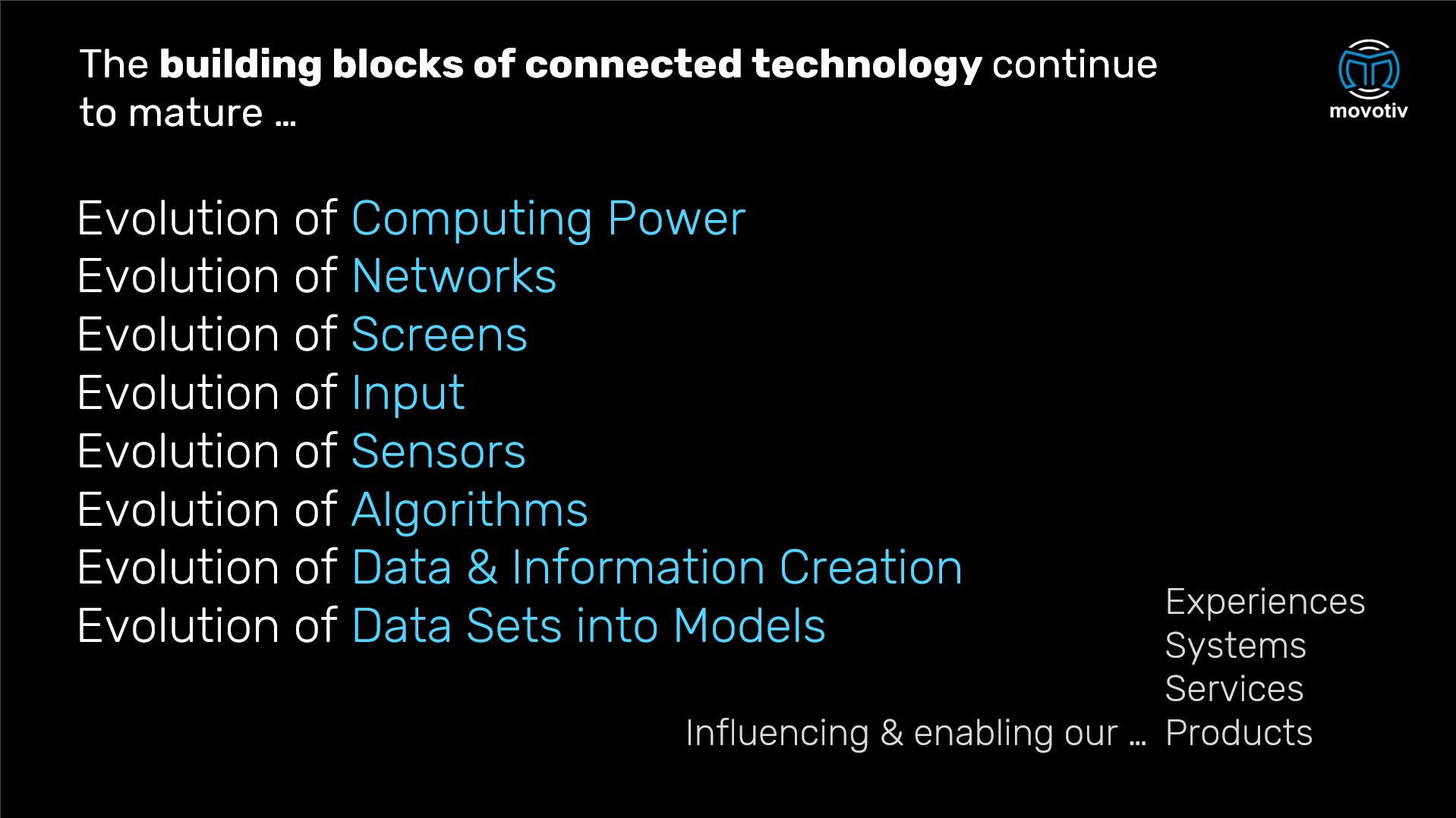Fixing the Experience: Enhancing Usabilty, Customer Value, & Emotional Connection
A Focus on Automotive & Mobility
I focus on helping organizations (OEMs, suppliers, new ventures) within the Automotive and Mobility industries design products and services that are better understood and more efficiently utilized by their end-users, ultimately benefiting individual drivers. The majority of vehicle systems work just fine; however, the features or concepts that confuse & frustrate drivers can have a very negative short and long-term effect. Typical topics of focus (across many industries) include …
Addressing the "Trouble with Today's Automobiles": We all recognize that vehicle owners often do not fundamentally realize or understand everything that their vehicles are capable of. They may not grasp all features and functions, or "what the car is saying" when they attempt to use a function. This includes basic signal levels, like understanding icons, button meanings, or whether a button turns a feature On or Off. Movotiv views these as "fundamental core design challenges".
Identifying and Improving Problem Areas: Let’s collaborate in identifying what needs fixing – typically related to content, user interface (UI) flow, visual elements, categorization, and value. Let’s perform root cause analysis across organizations, decision-making, and data. The goal is to design and recommend business process and design improvements, one feature, domain, system, or service at a time, leading to a calculated path of increased usability, usefulness, desirability, brand value, and differentiation.
Simplifying Complex Systems: For a long time, complex vehicle systems, like multi-function devices (MFDs) in offices, often confuse users. I advocate for a strong dose of creativity, simplicity, clarity, and user testing in automotive design, especially as digital interfaces become more prevalent. For instance, moving physical controls deep into a screen's information architecture can significantly increase the consumer learning curve.
Designing for Clarity in Driver Assistance Systems (DAS): A specific point of confusion highlighted is the understanding of Driver Assistance systems. Consumers often pose questions like, "What exactly does my Driver Assistance system do? What button combinations and sequences do I press to stay in the center of a lane? Will it prevent any and all crashes?". It is critical to examine, anticipate, and guide the way that drivers understand the states and progressions of driver assistance systems - from levels 2-3-4.
Clarifying Vehicle States and Functions: These are some often observed points of confusion:
◦ What happens when a vehicle is "on" but not "started".
◦ The meaning of "Auto" in a vehicle and what it will mean in an autonomous vehicle.
◦ How to connect and play apps in the car.
◦ Why sensors beep when nothing is near the vehicle.
◦ Understanding the difference between what is built-in, versus brought-in (via mobile), versus what is beamed in (via over-the-air updates).
◦ Knowing when to use Bluetooth versus onboard/off-board WIFI versus mobile connectivity for access and actions.
◦ Whether drivers and passengers understand all features & functions and the cause and effect of their activation or engagement.
◦ Features that are not easily understood, therefore, they are ignored and never used.
A Focus on Business Practices of Other Connected Products & Ecosystems (E.g., Mobile, Consumer Products, etc.)
Applying Human-Centered Processes: I strongly emphasize that designing for better understanding comes from applying proven iterative human-centered design processes and methods that solve these challenges. My approach is rooted in applying a user-centered lens to product, service, and system experience planning and delivery.
Beyond Features to Experiences: Instead of competing solely on features, let’s educate your organization on the power, methods, and value of "Designing to Enable Experiences". This shift means the product is the experience, and the experience is the company. When the design enables clear, useful, and emotionally fulfilling experiences, drivers are more likely to understand and value their vehicle.







Expertise on such topics can come at a premium. Are you working with the best research, (physical & digital) design, fabrication and production suppliers in the industry?
Do your suppliers consistently step-up, embrace new challenges and over-deliver? Do they continuously bring new references and analogous materials to your attention? Beyond delivering to tasks and deadlines, are you learning from them?
Our automotive and mobility company connection are broad and deep covering tier 1 and 2 suppliers, primary content and function providers, automotive practices within leading software and platform providers, business consultants, industry analysts and global consumer research, design and fabrication firms.
Most importantly, let us introduce you to and facilitate interactions with the Principles and Automotive Practice Leads of leading global UX and Design firms that have expertise and proven track records of successful automotive system delivery.
Do you have a clear vision of the future and are you designing, experimenting and learning towards it? We can facilitate engagements with them to refine and enhance your existing products and services and define and model what is next.
movotiv
Product, Service & Emotional Systems Design Consulting & Collaboration - for the Automotive & Mobility industries

